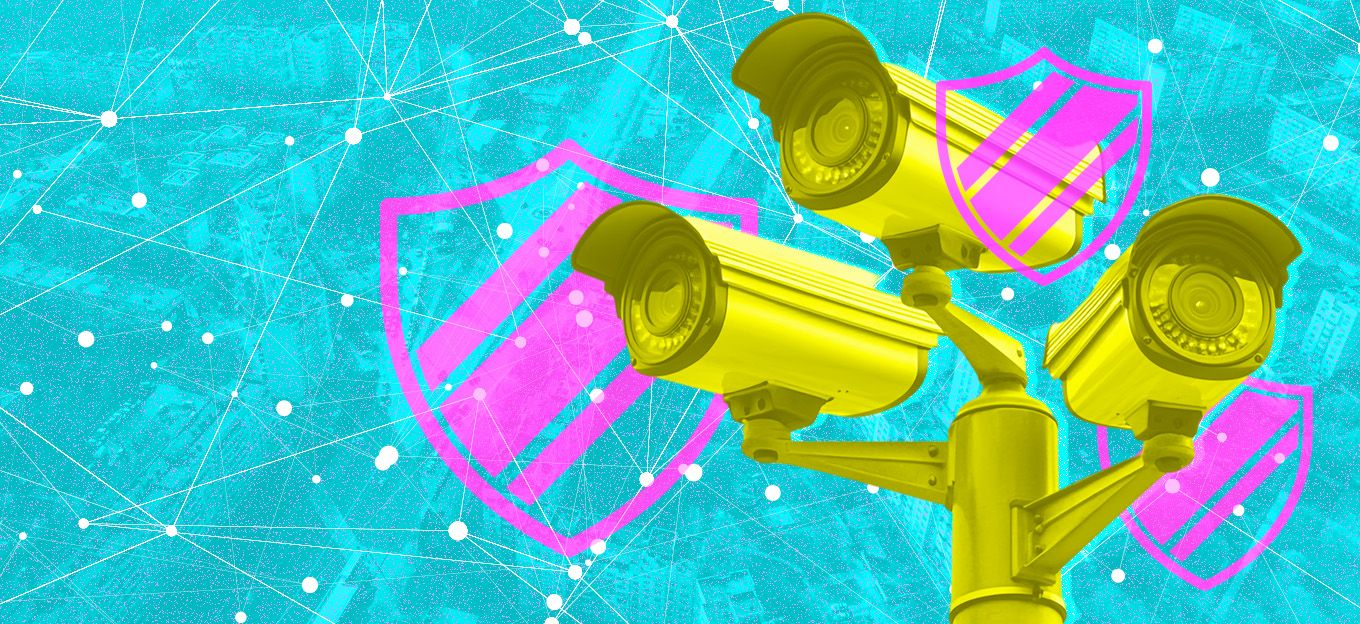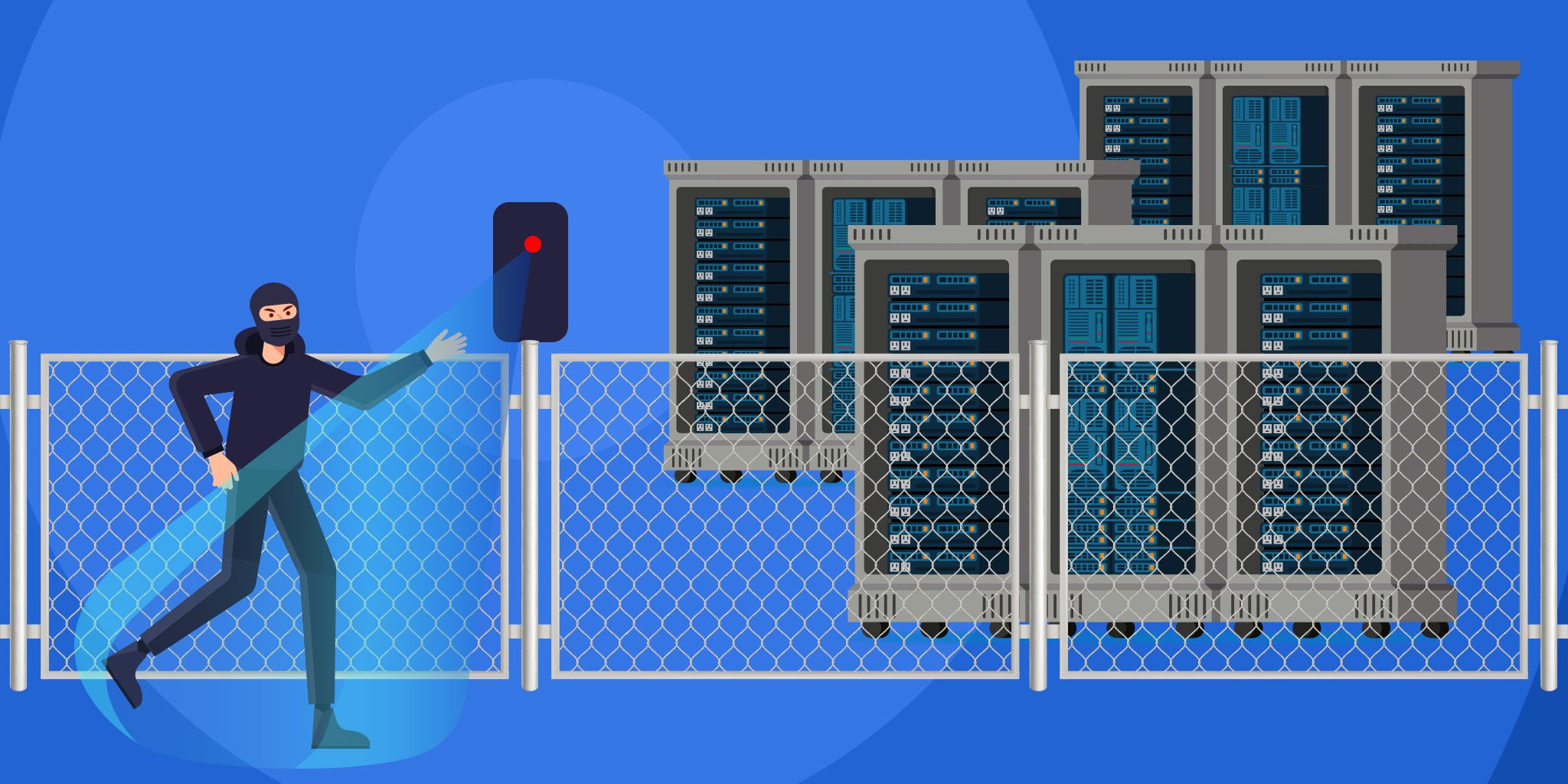Retail IoT Helps Businesses Benefit in 4 Unique Ways
Retail IoT Helps Businesses Benefit in 4 Unique Ways
- Last Updated: December 2, 2024
Emily Newton
- Last Updated: December 2, 2024



The Internet of Things (IoT) has substantially changed the retail landscape, making it more high-tech and well-equipped to meet customer and store associate needs. Here are some of the most beneficial ways to deploy retail IoT solutions.
1. Provide Improved Convenience for Busy Customers
Many of today’s shoppers have extremely busy schedules, so going to a store doesn’t necessarily mean having a leisurely experience. Consumers often want to get in and out quickly, enjoying friction-free trips. IoT can make that happen.
The possibilities are particularly apparent in unstaffed convenience stores. These locations have IoT sensors that detect when a consumer takes an item off a shelf and ensure no one leaves without paying for something. Although some places have a few on-site staff members, many allow people to make their purchases without encountering an employee.
One autonomous convenience store recently opened at Hong Kong International Airport. IoT sensors in the retail outlet track how customers move throughout the environment and what they purchase. The store is secured, and shoppers must tap their payment cards at the entrance to open a gate and enter.
After that, people only need to browse the store and choose their desired items. Technology to record the purchases and how much they cost works in the background. There’s no need to go through the conventional checkout process or do anything else that could potentially slow down a busy traveler. The store offers products ranging from snacks to souvenirs, catering to people who want to make their time at the airport a bit more pleasant.
This strategy helps retailers because it demonstrates they understand shoppers’ needs and are doing actionable things to meet them. Such efforts can help companies maintain competitiveness, even as physical stores fall out of favor with some consumers.
2. Minimize Theft
Loss prevention is a valid concern of virtually all retailers. Many use CCTV cameras equipped with advanced algorithms to detect suspicious activity. That’s a good start, but store security systems also often have retail IoT features to provide a layered approach against loss.
For example, some locked cases displaying high-demand items have IoT sensors to instantly detect tampering. Many of these solutions fit existing store infrastructure, helping retailers save money while enhancing security.
Stores are also experimenting with smart shopping carts that track what people buy as they move through a store and add items to the basket. One innovation from a startup called Veeve fits onto existing shopping carts. It features sensors and computer vision technology to monitor and streamline people’s shopping experiences.
The computer vision features can also detect if products aren’t properly scanned when people add them to their carts. Shoppers are alerted of those issues, which helps speed the process.
Veeve also sells a standalone smart cart with a built-in scale on the bottom that accommodates items sold by weight. Since both these products also have customer-facing screens, they give retailers additional opportunities to tell people about special offers, suggest recipes, and provide other content that could encourage them to buy more per trip.
3. Get Better Oversight of Products in Transit
Running a successful store requires keeping items in stock or knowing where products are at any given time. Retail IoT solutions put both those goals within reach. Store managers can use them to see real-time shipment locations to optimize their deliveries.
That insight is especially important for high-demand items. Perhaps customers are lining up outside before a store opens to have the best chance of getting the things they want. If they see empty shelves, many will quickly lose patience and may decide to shop elsewhere.
Seeing the exact location of products in motion is also essential since many retailers now provide customers with several ways to shop. Although in-store shopping is still an option, so are arrangements that allow people to buy items online and pick them up in stores or have products sent from local stores to their homes.
IoT sensors can also track individual vehicles or drivers. That makes it easier to spot delivery personnel who take too long with their stops, drive recklessly, or otherwise engage in behaviors that could put themselves, their jobs, or others at risk.
IoT products for better supply chain management are also helpful when retailers have goods traveling through multiple countries and being handled by numerous people before reaching their destinations. Smart sensors can tell if products are dropped, stored in inappropriate temperatures, or otherwise dealt with in ways that might make them unsellable.
Improved sustainability is another benefit of using retail IoT options in the supply chain. That’s notable since 77 percent of consumers said they are conscious of or care deeply about the environment when making delivery choices. IoT sensors can track vehicle idling time, gas mileage, distance traveled per day, and more. Those statistics give decision-makers a valuable foundation for making eco-friendly choices.
"Improved sustainability is another benefit of using retail IoT options in the supply chain."
4. Use Resources More Strategically
Running a profitable store takes work. However, people in authority can purchase retail IoT solutions that give them detailed breakdowns of where their money goes and how they could improve resource usage in the short and long term.
In one example, a wine producer with customer-facing displays in stores used IoT technology to measure footfall and other engagements associated with promotional messaging. Representatives from the beverage manufacturer could also rely on IoT to verify that specific installations reached the correct stores at the right time and were removed promptly once a promotional period ended.
Retail IoT innovations also allow store leaders to identify resource-saving opportunities. One solution aimed at food retailers enables users to achieve up to 20 percent in energy savings by giving them better insight into refrigeration-related expenditures.
Besides keeping tabs on real-time temperature statistics, this solution can flag issues like refrigeration leaks. It even allows tracking trends across multiple sites. That could tell a retail executive that a specific store needs a new refrigerator soon because the existing one has become too inefficient.
IoT sensors also extend to a store’s lights, doors, and water faucets. Taking time to find an appropriate retail IoT solution could allow the relevant parties to track assets from single platforms, making it easy to gather information and act on it to use resources thoughtfully.
Retail IoT Solutions Are Essential
Profitable retail brands must continually evolve to meet customer needs, preserve resources, and avoid pitfalls that could harm the bottom line. IoT solutions for retailers can meet all those goals and many others. Decision-makers who haven’t considered these options should prioritize exploring them soon.
The Most Comprehensive IoT Newsletter for Enterprises
Showcasing the highest-quality content, resources, news, and insights from the world of the Internet of Things. Subscribe to remain informed and up-to-date.
New Podcast Episode

IoT and AI in 2026
Related Articles





